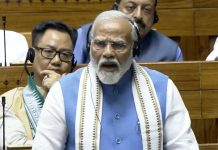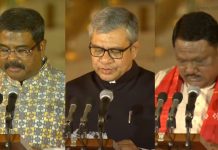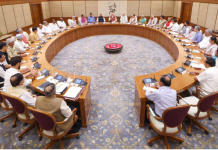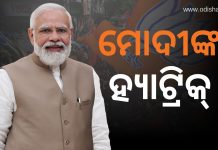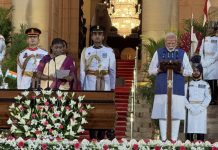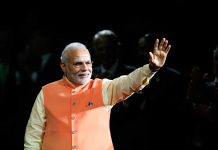Prof Ujjwal K Chowdhury
All about the Government and RBI impasse
It all started with the Deputy Governor Acharya speaking of the encroachment of RBI independence by the government, and noting that such excess may lead to market forces creating a havoc in the economy.

He did this with the backing of Governor Urjit Patel in A D Shroff Memorial Lecture in Mumbai, mid October. Acharya’s outburst reflects a hardening of positions, and a breakdown in communication between the regulator and the government.
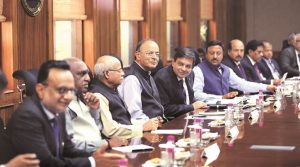
The tension was there and palpable. But bringing it to the public domain brought in huge displeasure of the government as seen thereafter, leading to Finance Minister Arun Jaitley criticising, Ashwani Mahajan (co-convenor of RSS affiliate Swadesh Jagran Manch) saying that RBI officials should refrain from making the rift with the government public, and rumours of RBI Governor Patel possibly resigning flying all around.
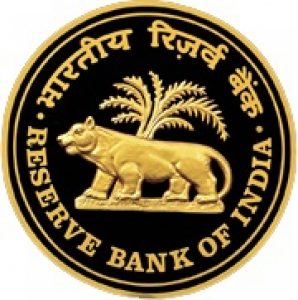
Also the talk of applying Section 7 of the RBI Act, which has never been executed, is doing the rounds. And this has come at a decidedly trying time for the government when it is being criticised for conflicting with the CBI, with even the Supreme Court restraining some steps therein. Earlier four judges of the Supreme Court came out to criticism the government influencing judicial functioning.
Why is the Rift?
Acharya cited three specific areas of interference by the government — demanding a higher portion of RBI reserves for transfer to government coffers, limiting RBI’s supervisory control over public sector banks, and restricting RBI’s regulatory scope, for instance, over payment banks. He asked the government to back off before the market forces it to pay for these transgressions.
There have been instances leading to this situation. In June 2017, the Reserve Bank of India turned down a request from the government for a team of finance ministry officials to meet with the Monetary Policy Committee, which sets the central bank’s interest rates, ahead of a rate policy review.
In February 2018, the RBI put out a circular on classification of non-performing assets that required banks to refer any account with a loan of more than Rs 2000 crore to bankruptcy court if it is not resolved within 180 days of a default.
Industry and government have tried to push for RBI to relax its regulations, and even went to the Allahabad High Court, which then suggested that the government could use section 7 to modify the order. As of now, though, the circular still holds.

After the Rs 11,000 crore Punjab National Bank scam, involving jewellers Nirav Modi and Mehul Choksi, was revealed earlier this year, the government tried to point fingers at the central bank. Governor Urjit Patel responded in a speech to say that the RBI actually does not have enough control over public sector banks, where the government has more powers.
Unless the RBI is given full powers to restrain public sector banks, up to and including changing their boards and revoking their licences freely, like it can with private sector banks, it cannot really be held fully responsible for a public sector banking crisis. That responsibility is the government’s, which has allowed public sector bank boards to conceal bad loans for far too long.
The government also claims that it was kept in the dark about the RBI’s Prompt Corrective Action norms in April 2017 and its revised framework for banks to identify Non Performing Assets.
Non-Banking Financial Companies
The unexpected default of IL&FS, a major Non-Banking Financial Company also led to some disagreement, with the finance ministry consistently pushing the RBI to make it easier for other NBFCs to get credit, since it is worried about a liquidity crisis. The central bank, however, insists that the IL&FS fallout has not spread enough for it to do this.
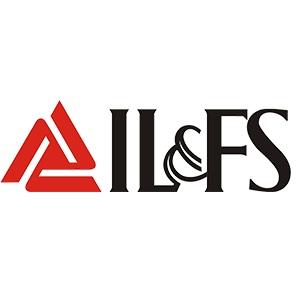
Payments Regulator
An inter-ministerial committee set up by the government recommended that India’s payments ecosystem should be regulated by a new institution, a payments regulatory board, rather than the RBI. This proposal led to a rare dissent note that was publicly circulated by the RBI, in which it argues that keeping banking and payment regulations with the same institution inspires public confidence.
RBI Board
The composition of the RBI board has been a point of contention, with some on the Right arguing that the central bank is too ‘Western’ in its thinking. The government removed banker Nachiket Mor from the board without any intimation. The government also installed S Gurumurthy, convenor of the RSS affiliate Swadesh Jagaran Manch, on the RBI board.
Modi’s government is pushing the RBI to relax lending norms for small businesses and pump more liquidity into the market to bolster economic growth before key state elections due in the next few weeks and the general election.
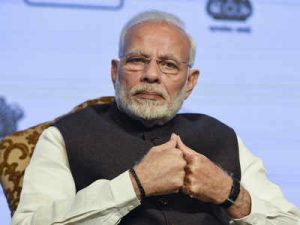
One has to be in power in the world’s largest democracy of more than one billion people to know that the buck stops with the ruling party when growth staggers, jobs are not happening and everything from oil-fuelled inflation to sluggish exports have to be accounted for.
The RBI is right when it confronts the government’s plan to isolate a payments regulator from the central bank. It may also be correct when it sees a governmental overreach when it is pushed into injecting liquidity more than it wants into ailing non-banking financial companies (NBFCs).

One big disagreement is whether the money that the RBI has in its kitty is truly its own, or whether it should be forced to hand it over to the government. Viral Acharya quoted a report that said that the government had determined that Rs. 3.6 lakh crore of the RBI’s reserves were “excessive” and should be transferred to the government. But RBI needs that cash in order to do its job properly: it needs reserves to manage the money and foreign exchange markets in case a crisis develops there.
It is also the banking regulator and the “lender of last resort” – if some crucial part of the financial system runs out of money and threatens to bring the entire structure down, it’s the RBI that has to step in. Also, any sign that the government is raiding the central bank’s vaults to fund its election-year spending will be seen by the markets as a severe erosion of the RBI’s strength and independence and have severe repercussions across the board.
Investors need to believe the central bank is working to keep markets secure and liquid – and not working to provide financing to the government. If they lose trust in the central bank, they lose trust in the financial system overall. Hence, as seen in many instances, RBI’s battle to ensure professionalism (as against populism) and caution and sternness with regards to bad loans have led to its current rift with the government.
Section 7 of the RBI Act
The section basically enables the government to issue direct orders to the central bank and has never been invoked so far in India’s history. In other words, the RBI Act doesn’t give the central bank absolute autonomy.
This is what the Act says. “The Central Government may from time to time give such directions to the Bank as it may, after consultation with the Governor of the Bank, consider necessary in the public interest.”
If the government invokes Section 7 of the RBI Act to pressure the central bank in the “public interest” it would be a case of ideological irony for Modi who promises “minimum government but maximum governance.” In all of independent India’s history, through economic crises and bitter battles between the government and Reserve Bank of India, the Centre has never chosen to use section 7.
Former RBI Governor Y.V. Reddy is credited with the view that India’s central bank is independent “within limits” and has a tellingly humorous quote from 2008: “I am very independent. The RBI has full autonomy, I have taken the permission of my finance minister to tell you that.” Urjit Patel, unlike Dr. Reddy, is not exactly made in India.
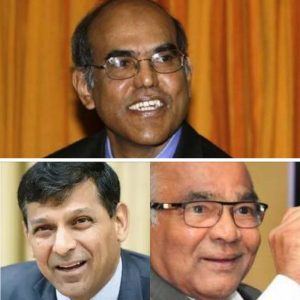
Changing Priorities & RBI-Government Rifts in India
Verbal duels and friction have characterised RBI-government relations for a long time. Previous RBI Governors, including YV Reddy, D Subbarao and Raghuram Rajan had conflicts with the finance ministry and the government on various issues relating to the RBI’s independence during their tenures.
To understand the deeper reality of the confrontation, one needs three Ds – Democracy, Demographics and Development. These three Ds were at the core of the decision-making that went into the nationalisation of much of India’s banking system in 1969 when the then prime minister Indira Gandhi made her move. The upheavals of the twenty years between 1950 and 1970 changed the RBI forever, from being a mere manager of the monetary system to an active participant in the development effort.
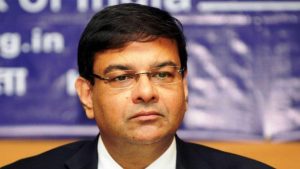
Nothing has changed since then in the core objectives of the Indian republic. However, when liberalisation was ushered in 1991, the worldview of Indian regulation shifted from “development banking” to a Western-style hands-off approach at least in principle if not in practice.

Both Patel and Acharya represent a post-1991 worldview inspired by the US’s Federal Reserve Board or the European Central Bank, forgetting that neither the ground political reality nor the RBI Act supports such a luxury. India is going through a demographic transition that requires more than “orderly growth.”
In 2017, Patel and his colleagues at the MPC (Monetary Policy Committee) had the courage to say no to the finance ministry when it sought a meeting prior to the monetary policy. Patel also made a public pitch for more powers for the central bank in the regulation of state-run banks. Minus the demonetisation episode, Patel hasn’t buckled under pressure and that’s exactly what a central bank governor should do in difficult times in an economy.

What Happens Next
There were rumours that RBI Governor Urjit Patel would resign, but for now those have amounted to nought. Patel has called a meeting of the RBI board on November 19, which will undoubtedly cover much of the ground that has been contentious. The outcome of that meeting should offer some clarity, or lead to even more sparring.
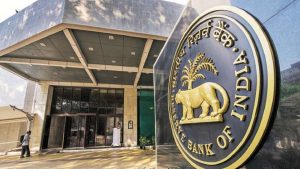
It is critical for the government, more so one with a decisive majority, to not just respect the de jure autonomy of institutions, but also ensure de facto independence in their functioning. It is the duty of a government in a well-functioning democracy to ensure that the central bank is operating with functional autonomy. The simple reason being it is the central bank and not the government that is the guardian of the economy from the perspective of a foreign investor.
(The author is a media academic and commentator on current affairs, and is currently the Dean of School of Media, Pearl Academy, in Delhi and Mumbai. Views are personal and do not reflect the editorial policy of OdishaLIVE media.)









